|
Content Standard: HS.UH.CH.2
Analyze changes to economic policies, the size of government and the power of government between 1890-1945. Learning Target: I can compare and contrast Roosevelt, Taft, and Wilson’s domestic policies, and I can evaluate the degree to which they addressed the problems of the era. Critical Vocabulary: “Square Deal,” Anthracite Coal Strike, Northern Securities Company, “Trust-Buster,” Department of Commerce and Labor, Elkins Act, Hepburn Act, Upton Sinclair, The Jungle, Meat Inspection Act, Pure Food and Drug Act, Newlands Act of 1902, John Muir, Sierra Club, Payne-Aldrich Tariff, Ballinger-Pinchot Dispute, “Old Guard” Republicans, “New Nationalism,” “Bull Moose” Party, “New Freedom,” “Triple Wall of Privilege,” Underwood Tariff Bill, Sixteenth Amendment, Federal Reserve Act, Federal Reserve Board, Federal Trade Commission Act, Clayton Anti-Trust Act Today's Agenda:
0 Comments
Content Standard: HS.UH.CH.2
Analyze changes to economic policies, the size of government and the power of government between 1890-1945. Learning Target: I can compare and contrast Roosevelt, Taft, and Wilson’s domestic policies, and I can evaluate the degree to which they addressed the problems of the era. Critical Vocabulary: “Square Deal,” Anthracite Coal Strike, Northern Securities Company, “Trust-Buster,” Department of Commerce and Labor, Elkins Act, Hepburn Act, Upton Sinclair, The Jungle, Meat Inspection Act, Pure Food and Drug Act, Newlands Act of 1902, John Muir, Sierra Club, Payne-Aldrich Tariff, Ballinger-Pinchot Dispute, “Old Guard” Republicans, “New Nationalism,” “Bull Moose” Party, “New Freedom,” “Triple Wall of Privilege,” Underwood Tariff Bill, Sixteenth Amendment, Federal Reserve Act, Federal Reserve Board, Federal Trade Commission Act, Clayton Anti-Trust Act Today's Agenda:
Content Standard: HS.UH.CH.2
Analyze changes to economic policies, the size of government and the power of government between 1890-1945. Learning Target: I can compare and contrast Roosevelt, Taft, and Wilson’s domestic policies, and I can evaluate the degree to which they addressed the problems of the era. Critical Vocabulary: “Square Deal,” Anthracite Coal Strike, Northern Securities Company, “Trust-Buster,” Department of Commerce and Labor, Elkins Act, Hepburn Act, Upton Sinclair, The Jungle, Meat Inspection Act, Pure Food and Drug Act, Newlands Act of 1902, John Muir, Sierra Club, Payne-Aldrich Tariff, Ballinger-Pinchot Dispute, “Old Guard” Republicans, “New Nationalism,” “Bull Moose” Party, “New Freedom,” “Triple Wall of Privilege,” Underwood Tariff Bill, Sixteenth Amendment, Federal Reserve Act, Federal Reserve Board, Federal Trade Commission Act, Clayton Anti-Trust Act Today's Agenda:
Content Standard: HS.UH.CH.2
Analyze changes to economic policies, the size of government and the power of government between 1890-1945. Learning Target: I can compare and contrast Roosevelt, Taft, and Wilson’s domestic policies, and I can evaluate the degree to which they addressed the problems of the era. Critical Vocabulary: “Square Deal,” Anthracite Coal Strike, Northern Securities Company, “Trust-Buster,” Department of Commerce and Labor, Elkins Act, Hepburn Act, Upton Sinclair, The Jungle, Meat Inspection Act, Pure Food and Drug Act, Newlands Act of 1902, John Muir, Sierra Club, Payne-Aldrich Tariff, Ballinger-Pinchot Dispute, “Old Guard” Republicans, “New Nationalism,” “Bull Moose” Party, “New Freedom,” “Triple Wall of Privilege,” Underwood Tariff Bill, Sixteenth Amendment, Federal Reserve Act, Federal Reserve Board, Federal Trade Commission Act, Clayton Anti-Trust Act Today's Agenda:
Content Standard: HS.UH.CH.2
Analyze changes to economic policies, the size of government and the power of government between 1890-1945. Learning Target: I can compare and contrast Roosevelt, Taft, and Wilson’s domestic policies, and I can evaluate the degree to which they addressed the problems of the era. Critical Vocabulary: “Square Deal,” Anthracite Coal Strike, Northern Securities Company, “Trust-Buster,” Department of Commerce and Labor, Elkins Act, Hepburn Act, Upton Sinclair, The Jungle, Meat Inspection Act, Pure Food and Drug Act, Newlands Act of 1902, John Muir, Sierra Club, Payne-Aldrich Tariff, Ballinger-Pinchot Dispute, “Old Guard” Republicans, “New Nationalism,” “Bull Moose” Party, “New Freedom,” “Triple Wall of Privilege,” Underwood Tariff Bill, Sixteenth Amendment, Federal Reserve Act, Federal Reserve Board, Federal Trade Commission Act, Clayton Anti-Trust Act Today's Agenda:
Content Standard: HS.UH.CH.2
Analyze changes to economic policies, the size of government and the power of government between 1890-1945. Learning Target: I can compare and contrast Roosevelt, Taft, and Wilson’s domestic policies, and I can evaluate the degree to which they addressed the problems of the era. Critical Vocabulary: “Square Deal,” Anthracite Coal Strike, Northern Securities Company, “Trust-Buster,” Department of Commerce and Labor, Elkins Act, Hepburn Act, Upton Sinclair, The Jungle, Meat Inspection Act, Pure Food and Drug Act, Newlands Act of 1902, John Muir, Sierra Club, Payne-Aldrich Tariff, Ballinger-Pinchot Dispute, “Old Guard” Republicans, “New Nationalism,” “Bull Moose” Party, “New Freedom,” “Triple Wall of Privilege,” Underwood Tariff Bill, Sixteenth Amendment, Federal Reserve Act, Federal Reserve Board, Federal Trade Commission Act, Clayton Anti-Trust Act Today's Agenda:
Content Standard: HS.UH.CH.2
Analyze changes to economic policies, the size of government and the power of government between 1890-1945. Learning Target: I can compare and contrast Roosevelt, Taft, and Wilson’s domestic policies, and I can evaluate the degree to which they addressed the problems of the era. Critical Vocabulary: “Square Deal,” Anthracite Coal Strike, Northern Securities Company, “Trust-Buster,” Department of Commerce and Labor, Elkins Act, Hepburn Act, Upton Sinclair, The Jungle, Meat Inspection Act, Pure Food and Drug Act, Newlands Act of 1902, John Muir, Sierra Club, Payne-Aldrich Tariff, Ballinger-Pinchot Dispute, “Old Guard” Republicans, “New Nationalism,” “Bull Moose” Party, “New Freedom,” “Triple Wall of Privilege,” Underwood Tariff Bill, Sixteenth Amendment, Federal Reserve Act, Federal Reserve Board, Federal Trade Commission Act, Clayton Anti-Trust Act Today's Agenda:
Content Standard: HS.UH.CH.2
Analyze changes to economic policies, the size of government and the power of government between 1890-1945. Learning Target: I can compare and contrast Roosevelt, Taft, and Wilson’s domestic policies, and I can evaluate the degree to which they addressed the problems of the era. Critical Vocabulary: “Square Deal,” Anthracite Coal Strike, Northern Securities Company, “Trust-Buster,” Department of Commerce and Labor, Elkins Act, Hepburn Act, Upton Sinclair, The Jungle, Meat Inspection Act, Pure Food and Drug Act, Newlands Act of 1902, John Muir, Sierra Club, Payne-Aldrich Tariff, Ballinger-Pinchot Dispute, “Old Guard” Republicans, “New Nationalism,” “Bull Moose” Party, “New Freedom,” “Triple Wall of Privilege,” Underwood Tariff Bill, Sixteenth Amendment, Federal Reserve Act, Federal Reserve Board, Federal Trade Commission Act, Clayton Anti-Trust Act Today's Agenda:
|
A life is not important except in the impact it has on other lives.
-Jackie Robinson AnnouncementsMarch 6: Bullitt Day
March 30-April 3: Spring Break ResourcesArchives
March 2020
|

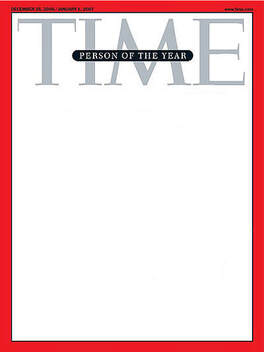
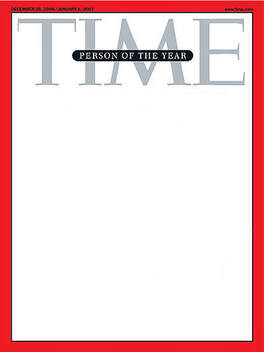
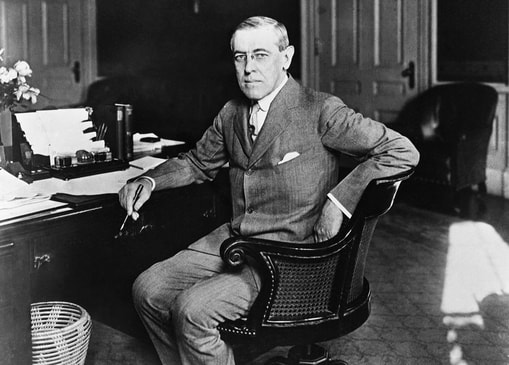

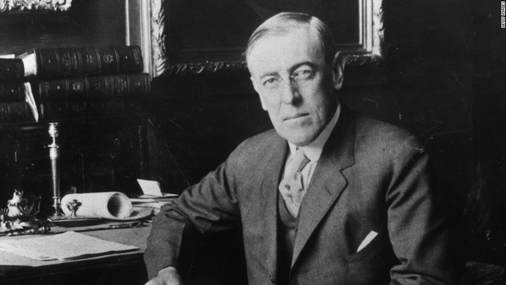
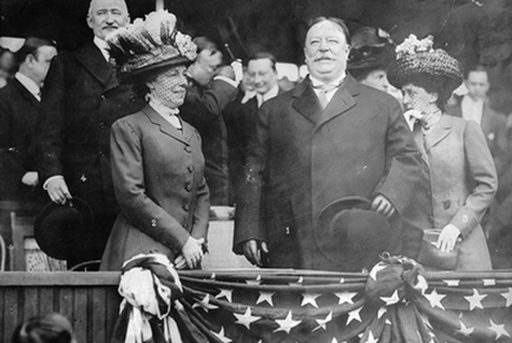
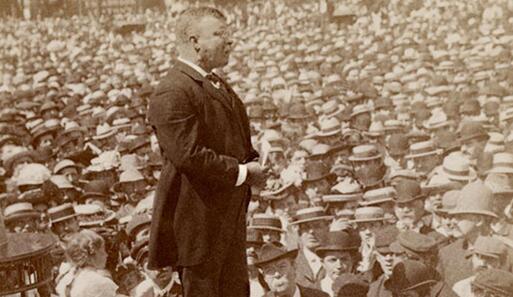
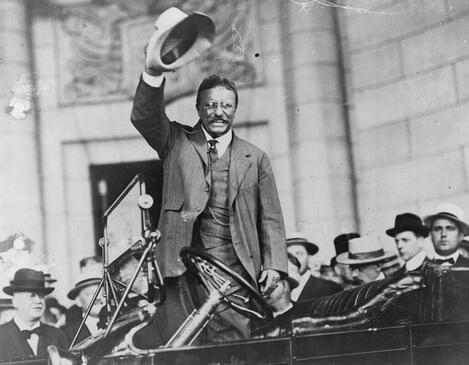
 RSS Feed
RSS Feed
